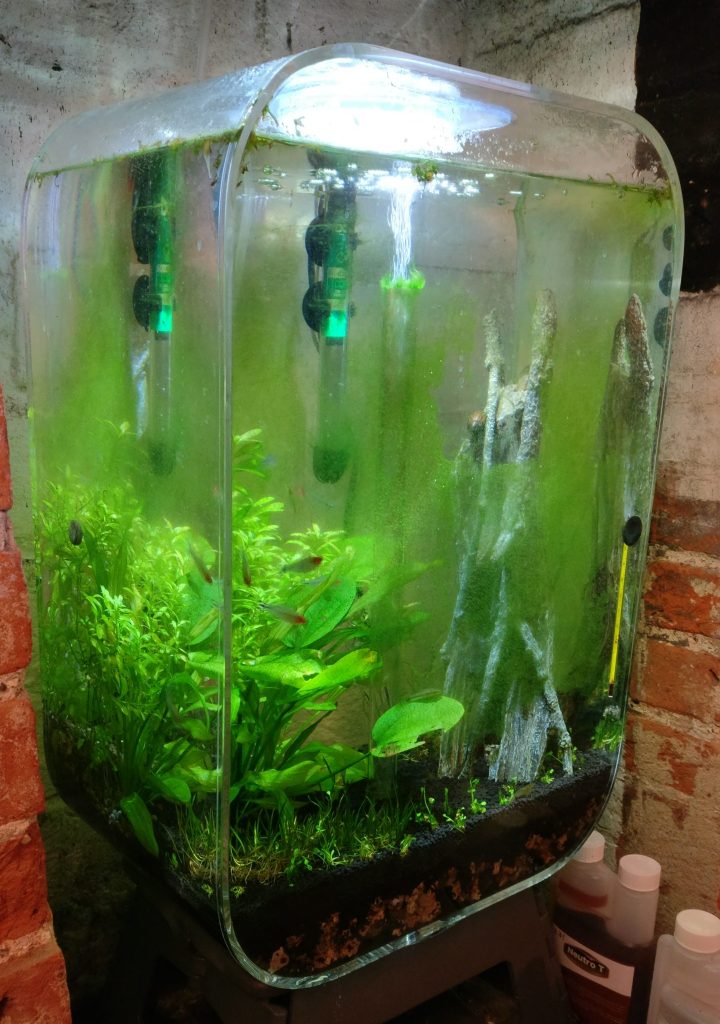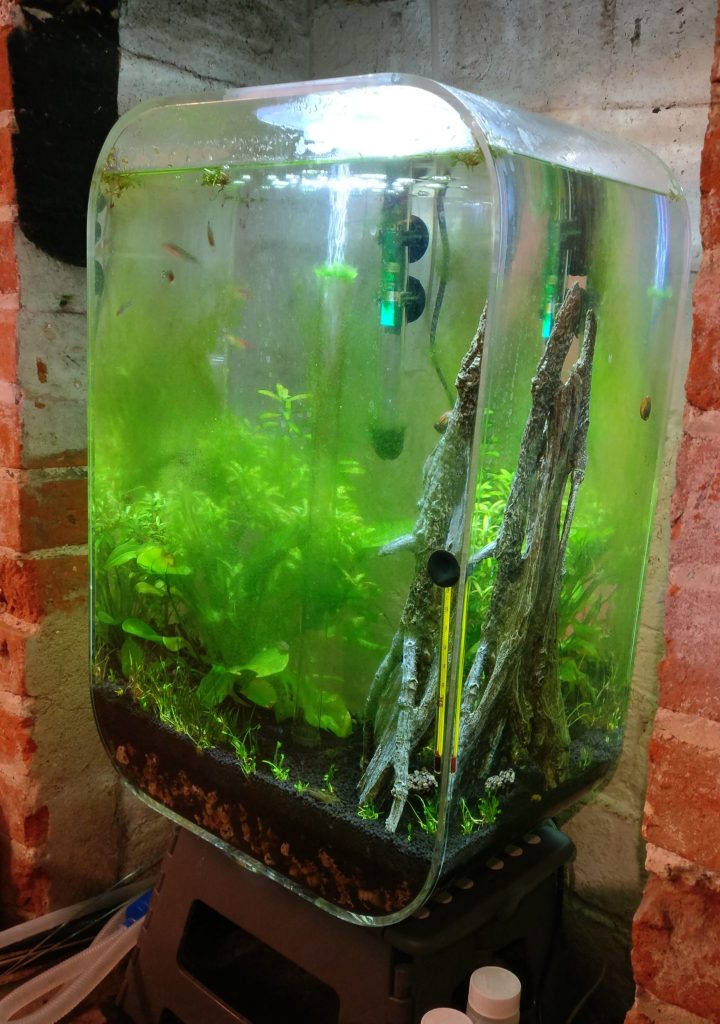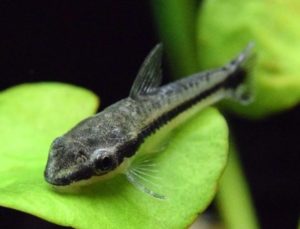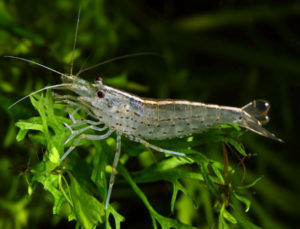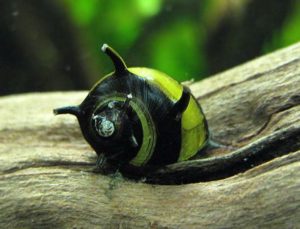These two views are from the early days of the Fireplace Aquarium where the algae had been let to grow out of control and unmolested for a while. It’s definitely unsightly, but it isn’t actually dangerous to the fish who are perfectly happy. The nerite snails are likewise unbothered. Nerite snails can eat some types of algae quite effectively, but clearly this isn’t working here. I’m not even totally sure the algae on the surface of the tank is “green spot algae” since it’s not particularly spotty, more like grows from very small starter patches rather than anything with round circumferential definition. The algae on the surfaces is very tenacious and cannot be simply wiped off which rules out green dust algae. It’s also not particularly filamentous, with the possible exception around the very upper surface of the bubble tube, which rules out green hair algae. It’s definitely green so by a not very satisfying process we arrive at the ‘green spot algae’ conclusion.
How to fix green spot algae (if you already have it)
This is really easy… you get an old credit card and using that as a scraper you get in there with the card getting pretty wet in the process and just scrape that algae off all those flat surfaces. This is pretty hard work since the algae, particularly if you let it go this far, is quite tenacious. If you have a glass aquarium you can try some version of a magnetic algae scraper but for acrylic tanks you should stick to the credit card technique to keep from scratching up the acrylic with anything more aggressive – NEVER use a metal scraper on an acrylic tank! After you’ve got all the algae scraped off the walls, do a large water change to remove all the now floating freely algae from the tank.
How to prevent green spot algae problems

This is the real trick. Physically removing the algae is pretty straightforward, but it’s not a lot of fun. There is a LOT of (mis?)information out there but broadly there are some common themes…
Limit lighting – very important!
It is very easy to have more high-intensity light than higher plants need, where the excess can all be used by algae. If you are having algae problems the general advice is to have lights on for no more than 6 hours per day. Once algae is reasonbly controlled you can slowly work your way up to longer photoperiods. Either a simple timer or a programmable lighting controller are invaluable here. If you can control the intensity of your lighting, try turning the intensity down. Don’t have any lighting at night – turn the lights all the way off.
Add a ‘clean up crew’ of critters
Some animals will eat algae, which would seem a successful strategy since the algae is so prolific. Popular choices are the Siamese Algae Eater (SAE) which unfortunately will grow to a size of 6 inches which is way too large for this small 40 L nano aquarium. Catfish are also good choices however, and in particular the otocinclus catfish which grows to a maximum size of 1 inch and is a much more sensible choice here. I installed a school of 5 or 6 of these. Amano shrimp also have a very vigorous algae-eating reputation. They have almost no bioload so you can add 1 amano per 5 L of water, accordingly I put in 8 of them. They are very entertaining to watch and they do aggressively eat algae but not from smooth surfaces (like the aquarium walls) in my experience. Finally, nerite snails can be effective. These come in a variety of sizes and are good choices for freshwater aquaria since they cannot reproduce unless in brackish water which prevents them from rapidly getting out of control.
Add ‘liquid carbon’
Liquid carbon is sold as a way of supplementing available CO2 to help aquatic plants grow. These are glutaraldehyde based and while they almost certainly are not a meaningful carbon source for plants, they can be very effective preventative and spot-treatment algaecides. I use EasyCarbo daily dosed a 1 ml per day and to spot-treat surfaces like the bubble tube during water changes.
Add lots of live plants
The general idea is that the ‘higher plants’ can outcompete the algae for whatever it is the algae needs to grow. I don’t know how effective this is at controlling algae, but what’s not to love about lots of live plants so might as well go for it.
Limit nutrients
FAIL. Limiting nutrients does NOT work. Lots of internet mumbo-jumbo here but limiting nutrients will mess up your live aquatic plants long before it does anything to control algae. The success of the Estimative Index ‘EI’ aquarium fertilisation method puts the lie to this myth. I use EI fertilisation now routinely and wasn’t using EI at the time these algae problem pictures were taken.

Don’t let algae get all the way out of control
Don’t wait to have a huge algae mess before rolling up your sleeves and mechanically removing the algae. The algae is much easier to remove before it is well-established. When you notice a greenish tinge appearance on the glass/acrylic, it’s time for a vigourous scapedown at the next water change.
Reasonable algae maintenance
I now have a biological cleanup-crew. I control lighting, use liquid carbon (as an algaecide), have lots of live plants and dose plant fertiliser as per Estimative Index. Under these conditions I find I need to give the tank walls a relatively non-vigorous whiz over with a credit card maybe once every three weeks to keep things looking good.
